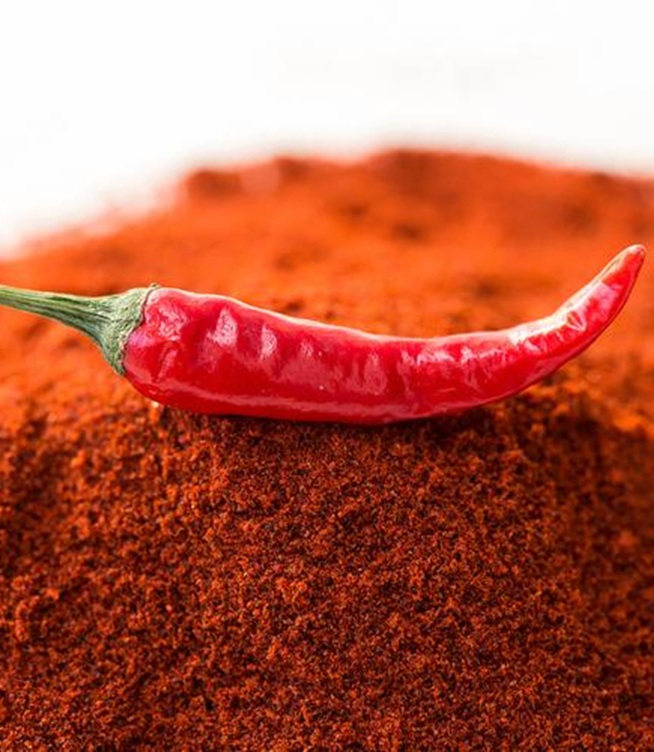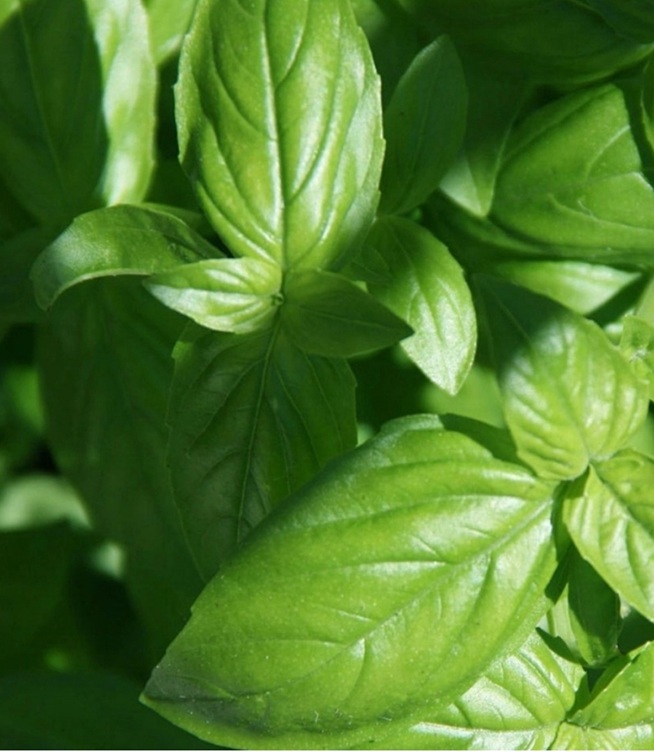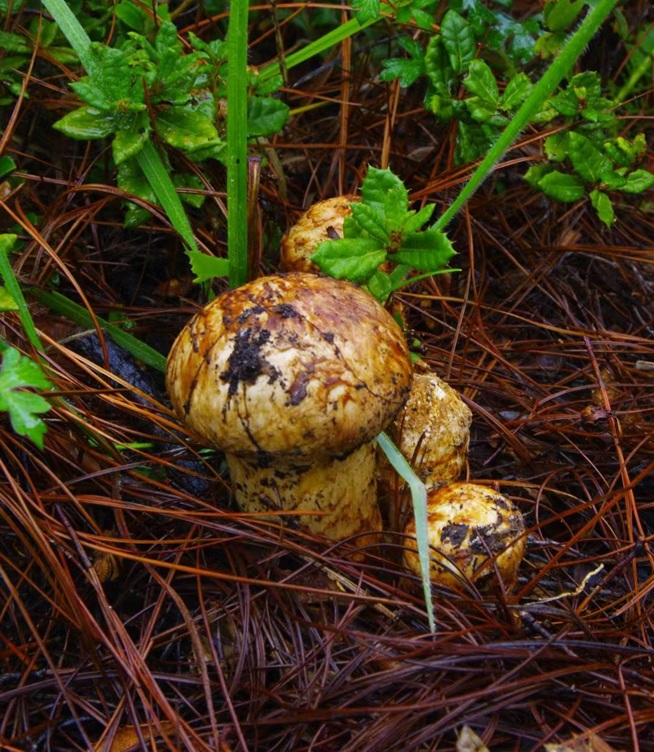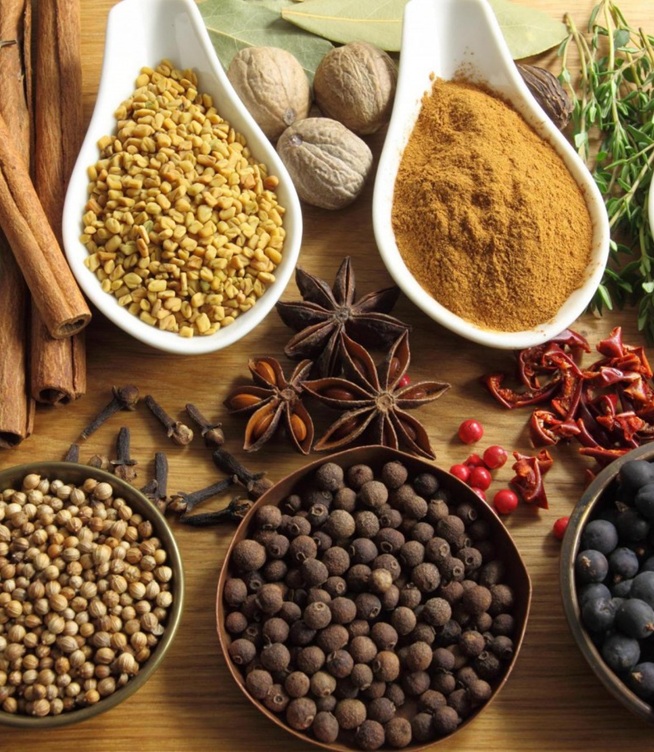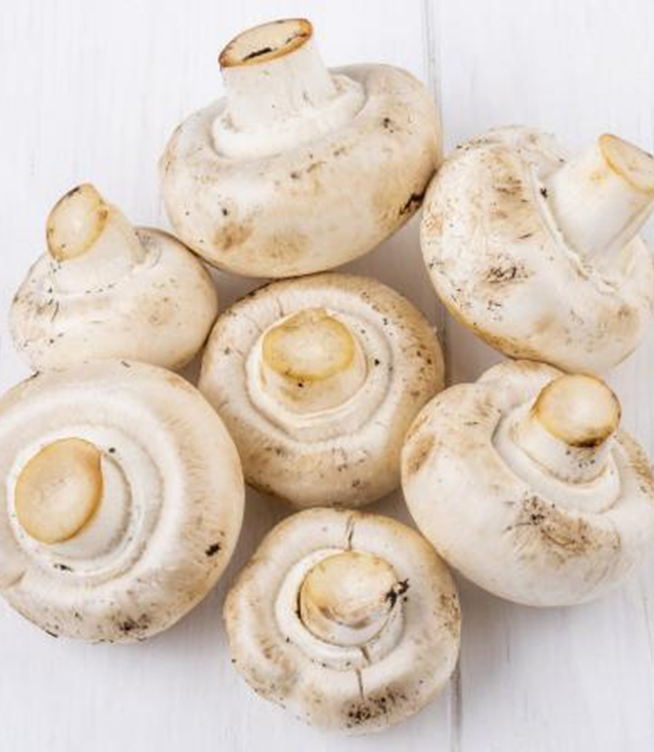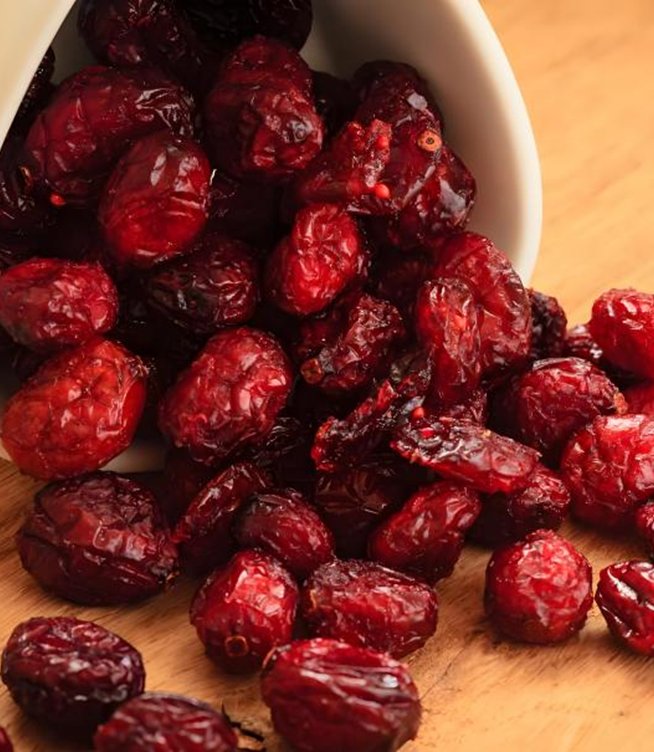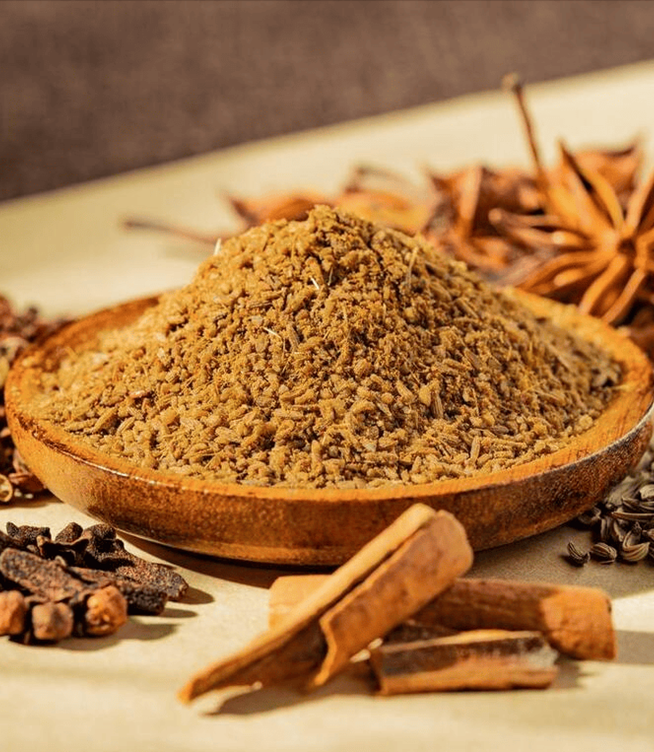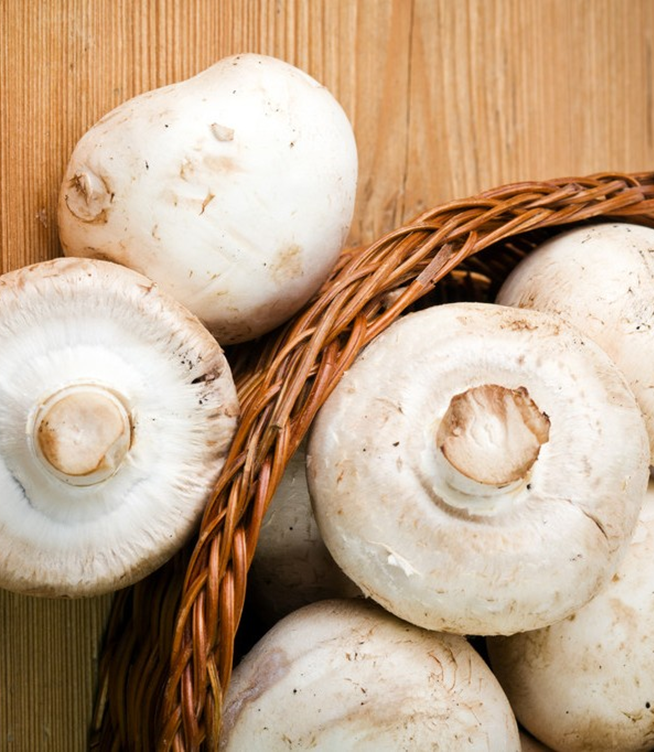Fresh vs. Dried Herbs: How to Choose the Best for Cooking
Many chefs swear by fresh herbs, insisting they are far superior to dried ones—and for the most part, they’re right. Many aromatic compounds in herbs are more volatile than water, meaning that during the drying process, much of their aroma evaporates along with the moisture.
However, not all herbs behave the same way. Some herbs, especially those that naturally grow in hotter, drier climates—like oregano—have evolved to retain their aromatic compounds even under harsh conditions. Their flavor molecules are more stable, making dried versions almost as flavorful as fresh when properly cooked. As a bonus, dried herbs are often more affordable and convenient.
Let’s dive deeper into the differences between fresh and dried herbs, and explore when it’s best to use each one.
Key Differences Between Fresh and Dried Herbs
Fresh herbs offer bright, vibrant aromas with complex layers of flavor. They are ideal for cold dishes, garnishes, quick-cooking meals, or finishing a dish just before serving. However, their shelf life is quite short, typically around one to two weeks, and they require refrigeration or water to stay fresh.
In contrast, dried herbs have a much longer shelf life, ranging from six months to a year if stored properly in a sealed container away from light and moisture. Their flavors are more concentrated and deeper, making them perfect for long-cooking dishes such as stews, baked goods, or marinades where a richer, more intense herbal presence is needed.
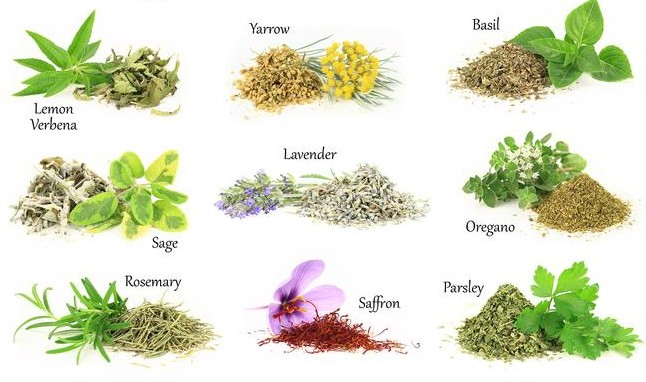
How Different Herbs Compare When Fresh vs. Dried
Basil: Fresh basil has a sweet, bright aroma that shines in pestos, salads, pasta dishes, and anything paired with tomatoes. It’s delicate and prone to oxidizing and turning black under high heat, so it's usually added raw or at the very end of cooking. Dried basil, on the other hand, has a milder flavor that blends nicely into simmered sauces and soups, where a subtle herbal note is sufficient.
Rosemary: Fresh rosemary carries a strong pine-like fragrance with a slightly bitter edge. It’s wonderful for roasting meats like lamb or chicken and pairing with crispy potatoes, but should be used carefully to avoid overpowering the dish. Dried rosemary’s flavor is more concentrated, making it excellent for slow-cooked dishes, hearty stews, or robust marinades, such as those found in French or rustic Italian cuisine.
Thyme: Fresh thyme has a gentle, woody aroma that is best for poultry, seafood, or dishes where it is added early in the cooking process to slowly release its fragrance. Dried thyme maintains its character remarkably well and is often found in herb blends like the classic French "Bouquet Garni," it is a staple for broths, stocks, and roasted vegetables.
Dill: It is much better fresh. Its delicate sweetness complements fish dishes like salmon or Scandinavian pickles beautifully, but its aroma quickly diminishes with heat. Therefore, it’s best sprinkled fresh at the end of cooking. Dried dill can still be used in sauces and marinades.
Oregano: While fresh oregano has a spicy, slightly bitter kick that works well in sauces and pastas, it’s less commonly found fresh compared to dried. Dried oregano has a more powerful, concentrated flavor and is a key ingredient in Italian seasoning blends. It is especially good in tomato-based dishes, stews, and pizzas.
How to Choose: Fresh or Dried?
If you’re aiming for a fresh, bright aroma—especially in cold dishes, salads, or quick-cooking recipes—fresh herbs are the better choice. Their natural vibrancy and visual appeal also make them perfect for garnishes. But when preparing dishes that involve long cooking times, like braises, stews, or roasted meats, dried herbs are often more appropriate. Their concentrated flavors can hold up to the heat and time needed for these dishes, and some herbs, like oregano, rosemary, and thyme, actually shine even more when dried.
Tips for Using Fresh and Dried Herbs
When substituting one for the other, keep in mind that dried herbs are more potent than fresh. A good rule of thumb is to use one-third the amount of dried herbs compared to fresh. For example, if a recipe calls for 3 teaspoons of fresh basil, you can use 1 teaspoon of Dried Basil instead.
To maximize shelf life, fresh herbs should be wrapped in a damp paper towel and refrigerated. Dried herbs should be kept in an airtight container, away from light, heat, and moisture, to preserve their flavor for as long as possible.
Finally, remember when to add your herbs. Dried herbs should be added early in the cooking process so they have time to infuse the dish with their flavor. Fresh herbs, being more delicate, are best added at the end to preserve their bright, fresh character.
Conclusion
Choosing between fresh and dried herbs isn’t about one being better than the other—it’s about understanding their strengths and using them at the right time. A vibrant basil pesto simply demands fresh basil, while a hearty French chicken stew benefits from the robust aroma of dried thyme. By learning when to use fresh and when to use dried herbs, you can unlock the full potential of these ingredients.


